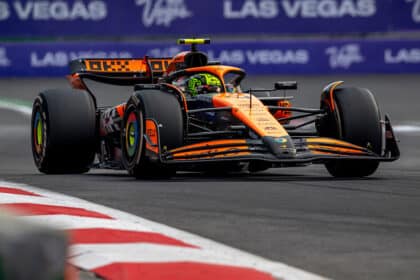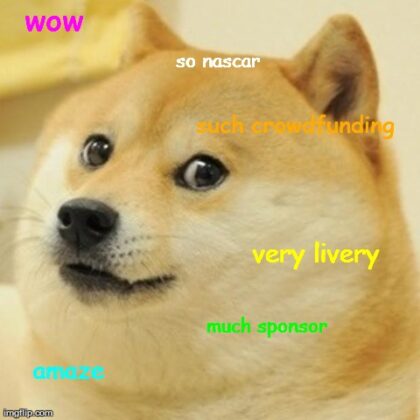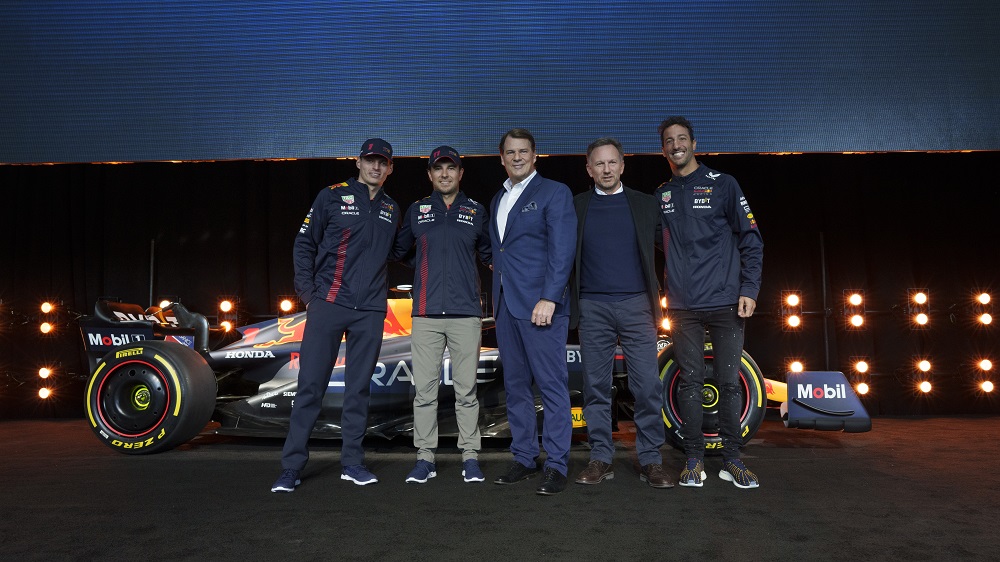 From left: Max Verstappen, Sergio Perez, Jim Farley, Christian Horner, and Daniel Ricciardo
From left: Max Verstappen, Sergio Perez, Jim Farley, Christian Horner, and Daniel Ricciardo
Photo: Ford
The Ford Motor Company announced it will compete in Formula 1 from 2026 to at least 2030, marking the return of one of the sport’s most successful engine manufacturers. The American automaker struck a partnership with Red Bull Powertrains. Together they’ll develop turbocharged hybrid V6 engines to power F1 cars for Red Bull Racing and its sister team AlphaTauri.
New Ford: Check out the latest available Ford models
In 2026, changes to F1’s power unit regulations will make the engines more efficient, more focused on electric performance, and more cost effective. In part, these changes aim to attract manufacturers who are hesitant to compete in the glamorous but expensive sport — and so far, they are succeeding.
Audi is joining in 2026 with the Sauber F1 team, currently branded as Alfa Romeo. Cadillac is attempting to join with an all-new team run by Andretti Autosport. Porsche had been linked with Red Bull until talks broke down, purportedly because the German automaker was seeking a 50% stake in the racing team. And there’s speculation that Honda, which dropped out of the sport at the end of 2021, is making a quick return in 2026 as well.
In fact, it was Honda’s departure that led to the creation of Red Bull Powertrains, as it left the constructor without a dedicated engine supplier. Going to existing F1 engine manufacturers like Mercedes, Ferrari, or Renault didn’t align with Red Bull’s championship-winning goals, as these organizations already have their own rival teams.
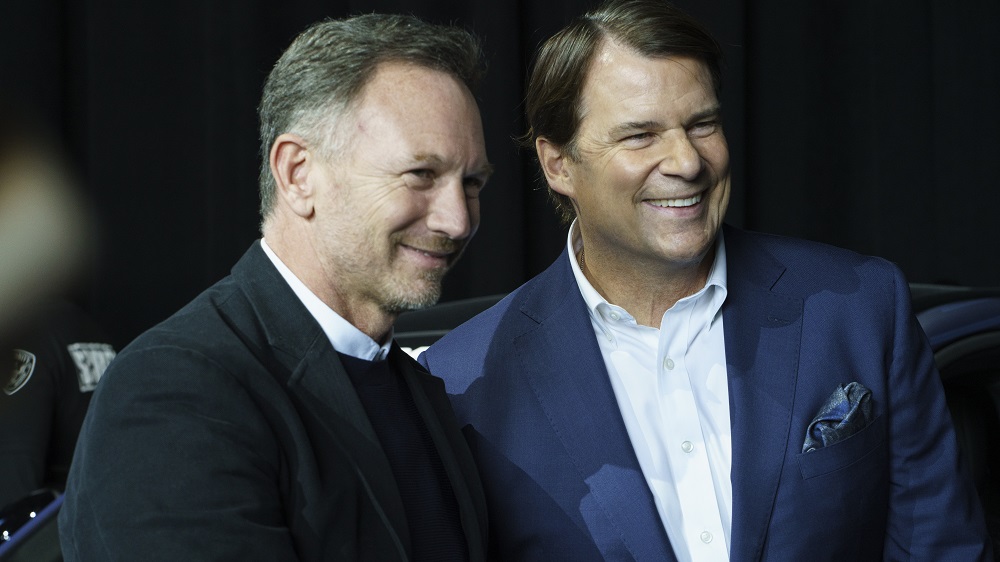 Christian Horner, Red Bull Racing team principal, and Jim Farley, Ford President and CEO
Christian Horner, Red Bull Racing team principal, and Jim Farley, Ford President and CEO
Photo: Ford
Instead, Red Bull decided to start making its own F1 engines and created Red Bull Powertrains. It’s a huge undertaking, but the energy drinks company has the resources — and most importantly, the time, thanks to an engine freeze going into effect through 2025. Red Bull managed to work out a deal that would allow it to continue using Honda’s engine IP until the new regulations, with Honda staff providing technical support through 2022.
This allowed Red Bull to get through the transition period smoothly while setting itself up for success in 2026. Still, going it alone is not easy — but with Ford, Red Bull won’t have to. The American automaker will provide expertise “in areas including battery cell and electric motor technology as well as power unit control software and analytics,” it said in a press release.
Ford has a rich history in F1 that includes major success through the 1960s, 70s, and 80s, when it funded the Cosworth DFV engine. With 155 victories over 16 years, it’s the most successful engine in F1 history. Ford-powered Grand Prix wins are third on the all-time list.
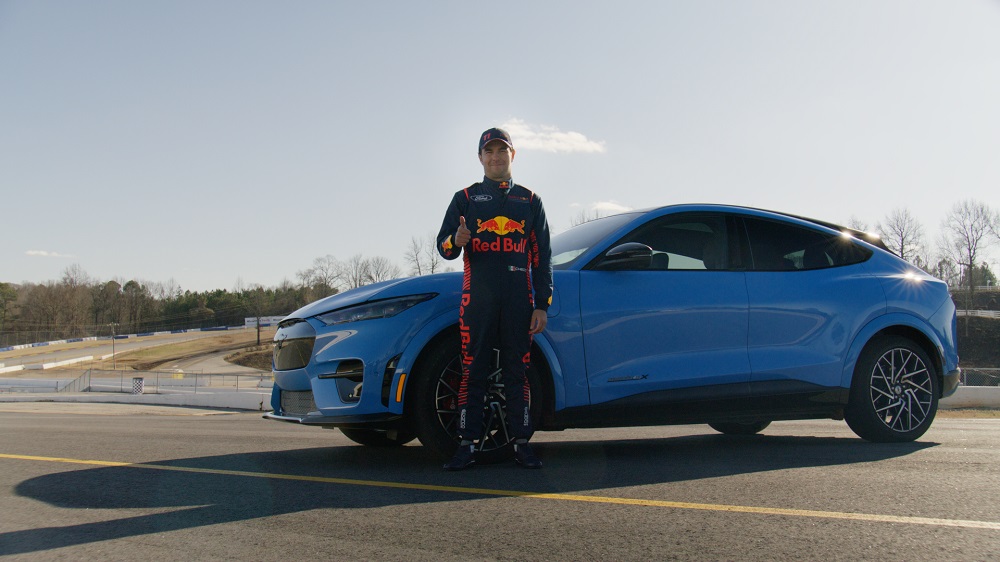 Sergio Perez, Red Bull Racing driver, poses by a Ford Mustang MACH-E
Sergio Perez, Red Bull Racing driver, poses by a Ford Mustang MACH-E
Photo: Ford
Ford has long looked to return to F1 and had approached several teams to discuss partnerships. According to Ford Performance Motorsports Global Director Mark Rushbrook, “none of them felt right” until Red Bull became an option. Red Bull is currently on championship-winning form and will likely be in title contention for many years to come, which means that Ford may be able to join and start winning right away.
“We are entering an exciting new age for Ford Performance,” said Jim Farley, Ford President and CEO. “We will be competing to win in F1, the pinnacle for motor sport, with Red Bull Racing. You will see the world’s most popular sports coupe, the Mustang, race from the grass roots to Australian Supercars to NASCAR to Le Mans. And will build our off-road leadership in the World Rally Championship, King of Hammers and to the Baja 1000 and more. All the while, we’ll continue to excite the world with cool demonstrators like SuperVan 4 and Mustang Mach-E 1400.”
Kurt Verlin was born in France and lives in the United States. Throughout his life he was always told French was the language of romance, but it was English he fell in love with. He likes cats, music, cars, 30 Rock, Formula 1, and pretending to be a race car driver in simulators; but most of all, he just likes to write about it all. See more articles by Kurt.



